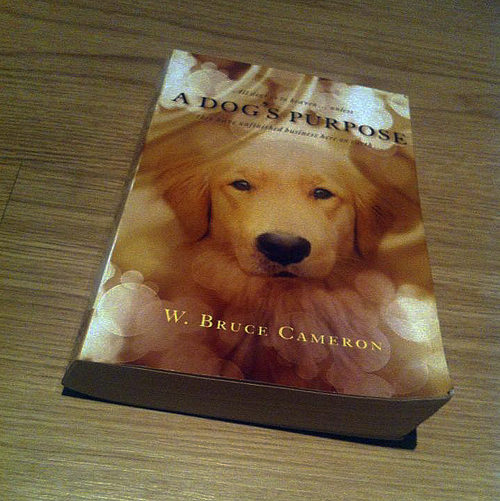The Week In Tweets – 27th March 2013
This is our (almost) weekly segment where we review the content posted on our Twitter over the course of the week. It’s a long post! So make sure you grab a coffee and prepare yourself for some serious reading.
But before we start: A quick picture of Winnie with two of her three puppies, born last week. (The other one is fine, just camera shy!)

Now, on to the tweets!
Tweet of the Week
On Dr Sophia Yin’s blog, “Coprophagia: The scoop on poop eating in dogs“, has one of the most detailed looks at poo-eating in dogs. This is significant as, up until, the answer to ‘why does my dog eat poo?’ has mostly been unknown. The study Dr Sophia Yin looks at at least begins to think about reasons for poo eating. (Interestingly, the study also finds that desexed animals are more likely to poo eat!)


